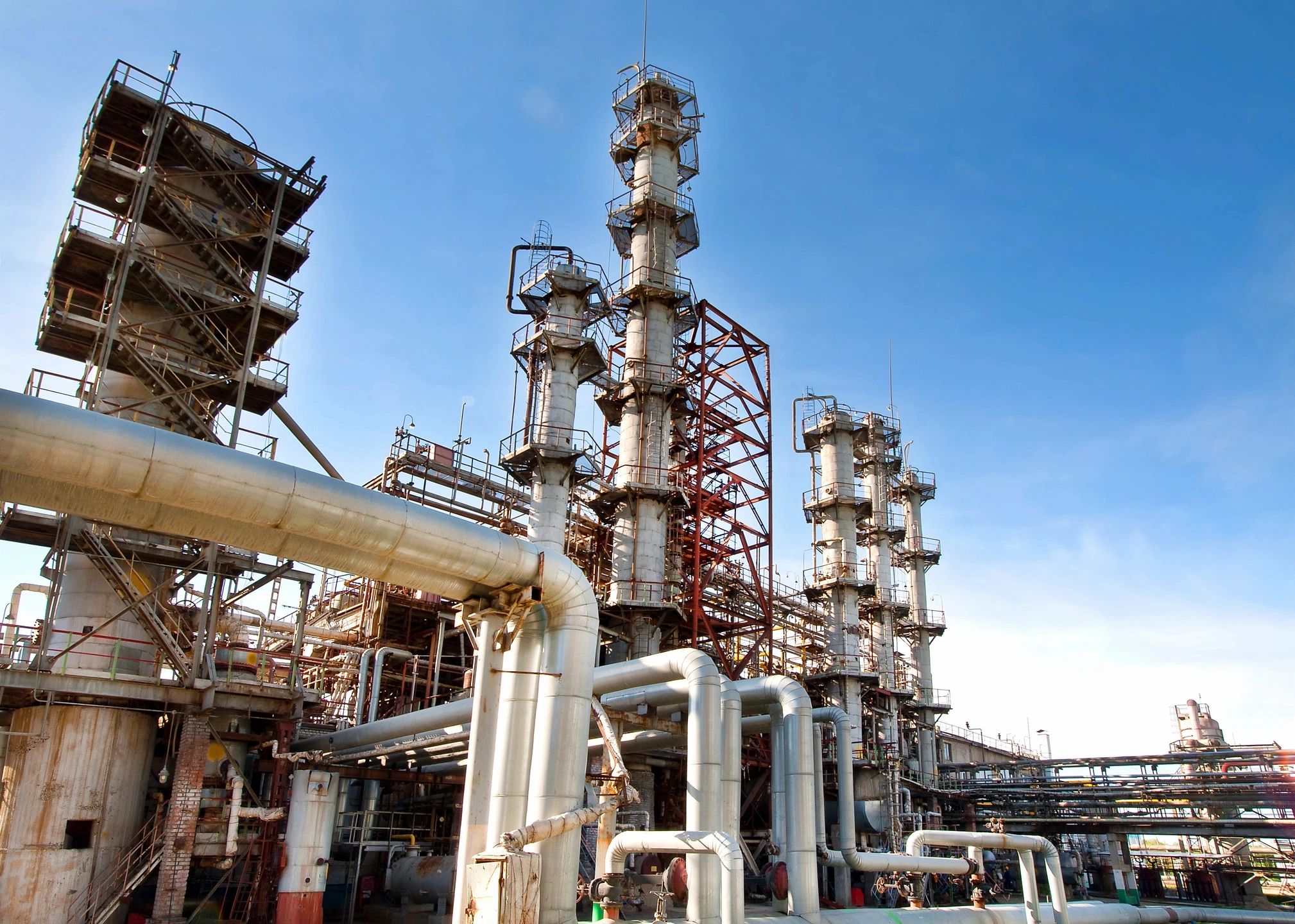Broad Space, Big Opportunities
The Energy, Resources, and Industrials (ER&I) sectors—including Industrial Products, Construction, Power, Utilities, Renewables, Energy, Chemicals, Mining, and Metals—are foundational to the global economy. The common operational demands, strategic challenges, and market dynamics these industries share underscore the necessity for industry professionals to stay well-informed and adaptable.
Gaining deep insights into these interconnected sectors are critical to understanding the market and seizing opportunities for growth and innovation.
Common Challenges and Opportunities
ER&I sector businesses operate in a rapidly changing environment and continously encounter common challenges and opportunities that shape their strategic decisions and operational approaches. Understanding these dynamics is crucial for companies who seek to thrive in this complex environment. The following points highlight key areas that demand attention and action:
Regulatory Compliance and Environmental Concerns – All these sectors are heavily regulated and are increasingly under pressure to reduce environmental impact. This includes stricter emissions controls, sustainability practices, and moving towards cleaner, renewable energy sources. The push for decarbonization is not just regulatory but also driven by investor and consumer demand.
Technological Integration – Digital transformation is not just a buzzword but a necessity across these industries. For instance, Rio Tinto, a leading mining company, has implemented automation in its mining operations, significantly improving efficiency and safety. Similarly, Skanska, a construction company, has utilized digital twin technologies in its projects, allowing for better planning and risk management. These examples demonstrate how technology is a central player and a potential solution in driving efficiency and innovation.
Supply Chain Volatility – Global supply chains across these sectors are highly susceptible to disruptions from geopolitical tensions, trade policies, and other global events. The recent push towards reshoring in the US and Europe aims to mitigate these risks by localizing supply chains and reducing dependency on foreign raw materials and components.
Capital Intensity – ER&I industries require significant capital investment in infrastructure, advanced machinery, and technology upgrades. Managing these investments effectively is a constant challenge, especially under fluctuating market conditions.
Workforce Transformation – As these industries adopt new technologies, there is an urgent need to up-skill and re-skill the workforce. Attracting new talent to sectors often perceived as traditional or less innovative is challenging and critical for the industry’s future.
Evolution and Transformation
Transformative trends are reshaping how ER&I companies operate and innovate. These shifts redefine industry standards and create new opportunities for growth and sustainability. The ongoing evolution and transformation within these industries includes:
Energy Transition – A significant shift is occurring from fossil-based energy production and consumption systems — including oil, natural gas, and coal — to renewable energy sources. This transition impacts the energy sector and influences industrial and construction industries as they adapt to new energy realities.
Smart Infrastructure – There is an increasing focus on smart infrastructure in construction and utilities, integrating IoT devices to enhance connectivity and operational efficiency. This trend is crucial for improving everything from energy distribution to public and industrial building projects.
Sustainability Initiatives – There is a heightened focus on sustainability across all sectors, driven by regulatory requirements and consumer demand for greener products and practices. This includes more significant investment in circular economy practices, waste reduction, and sustainable resource extraction.
Implications of Geopolitical Shifts
As global dynamics, from a political and economic perspective, continue evolve, ER&I businesses must adapt to significant geopolitical shifts. These changes have far-reaching implications, influencing supply chain strategies, market investments, and economic dependencies. Understanding these shifts is crucial for businesses to navigate and capitalize on emerging opportunities. Some of these key geopolitical trends and their impacts:
Reshoring – In response to supply chain disruptions witnessed during the COVID-19 pandemic and due to geopolitical tensions, there is a significant reshoring effort in the US and Europe. This move aims to bring critical manufacturing capabilities back home, ensuring greater control and reliability in the supply chains of essential industrial products and chemicals.
Middle East Transformation – The Middle East, particularly countries like Saudi Arabia and the UAE, are undergoing large-scale transformation efforts to diversify their economies away from oil dependency. This includes massive investments in renewable energy, tourism, and sustainable industries, significantly impacting global energy markets and industrial investments.
The ER&I sectors are facing challenges and standing at the threshold of immense potential. Embracing technological innovation, managing environmental responsibilities, and intelligently managing complex global supply chains are powerful survival strategies and potential pathways to unprecedented growth and success. Leading these changes is a necessity and thrilling opportunity for companies within these sectors.



